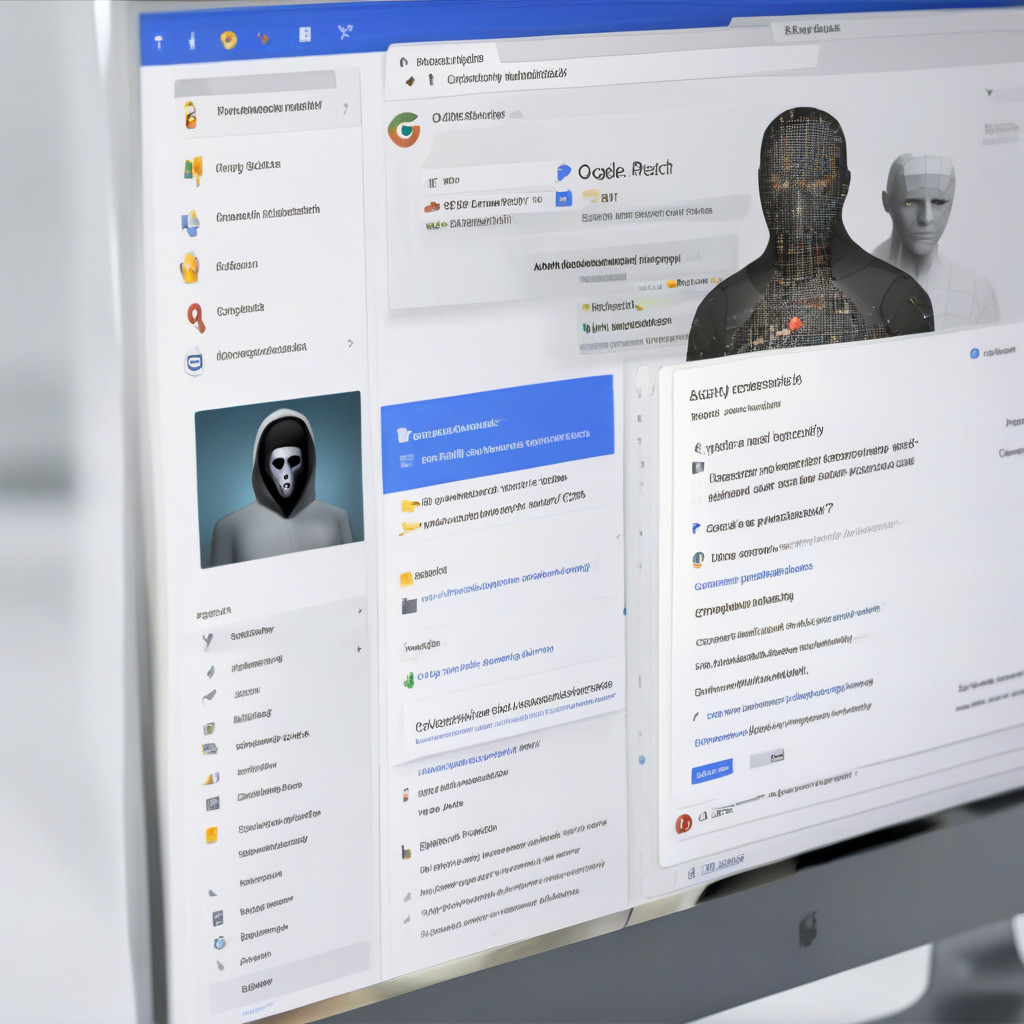Title: Unveiling the Google OAuth Vulnerability: A Closer Look at Domain Ownership Risks
In a recent revelation, new research has shed light on a critical vulnerability within Google’s authentication system, particularly concerning the “Sign in with Google” feature. This flaw exposes millions of users to potential data breaches due to an oversight related to domain ownership.
According to Dylan Ayrey, the co-founder and CEO of Truffle Security, this vulnerability stems from a loophole in Google’s OAuth login process. The flaw allows malicious actors to exploit the ownership of failed startup domains to recreate email accounts for former employees. This means that sensitive data and information previously associated with these accounts could be at risk of unauthorized access.
This discovery underscores the importance of robust security measures, especially in the realm of authentication protocols. While OAuth is widely regarded as a secure method for authorizing third-party access to user data without exposing credentials, this particular vulnerability highlights the need for continuous vigilance and proactive security practices.
The implications of this vulnerability are far-reaching, extending beyond individual users to potentially impact businesses, organizations, and even entire industries. Imagine the consequences of sensitive corporate information falling into the wrong hands due to a seemingly innocuous domain acquisition.
As professionals in the IT and development sphere, it is crucial to stay informed about such vulnerabilities and take proactive steps to mitigate risks. This includes conducting regular security assessments, implementing multi-factor authentication, and staying abreast of the latest security updates and patches.
Moreover, this incident serves as a stark reminder of the interconnected nature of the digital landscape. A security lapse in one seemingly isolated area can have cascading effects across various platforms and services. It underscores the need for a holistic approach to cybersecurity that addresses vulnerabilities at every touchpoint.
In conclusion, the Google OAuth vulnerability exposed by the exploitation of failed startup domains serves as a wake-up call for both users and tech companies alike. It emphasizes the critical need for stringent security measures, continuous monitoring, and proactive risk mitigation strategies to safeguard against potential threats in an increasingly interconnected digital world.
As we navigate the complex terrain of cybersecurity, let us remain vigilant, proactive, and collaborative in our efforts to protect sensitive data and preserve the integrity of our digital ecosystems.

